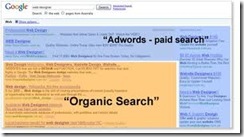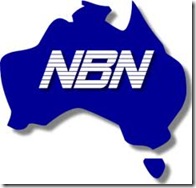 Electronics and furniture retailer Harvey Norman will launch anonline store “within weeks,” signalling it will cease its public battle with the government over internet shopping, according to sources knowledgeable in the matter.
Electronics and furniture retailer Harvey Norman will launch anonline store “within weeks,” signalling it will cease its public battle with the government over internet shopping, according to sources knowledgeable in the matter.
The insiders confirmed a News Ltd report that Gerry Harvey, the retailer's managing director, would soon unveil a "sizeable internet presence”.
“My heart's beating very strongly on whether we make any money out of it," he told News. "I haven't got any choice. I've got to cannibalise our stores."
The rise of online shopping has put pressure on Australia's so-called bricks and mortar retailers who face higher costs for staff, distribution and real estate than their internet rivals. The rising value of the Australian dollar has supercharged the trend of local consumers shopping online from retailers based in the US, UK and elsewhere.
That squeeze helped send store-based retailers REDgroup - owner of Borders and Angus & Robertson book shops - into administration last month. Owners of clothing retailer Colorado said today they would have to place the company into administration after a recovery plan was rejected by creditors.
Harvey Norman declined multiple requests for comment on the plans. The retailer extensively upgraded its website in late 2009, adding many needed functions for online sales - except the ability for consumers to purchase directly.
Back down
Harvey Norman's decision to compete for internet sales comes after Mr Harvey set off a firestorm of in November when he singled out the federal government for allowing consumers to buy online merchandise valued up to a $1000 from overseas without paying GST.
The retailer later said he would create on offshore website that would skirt paying GST by shipping to consumers directly from China. Rival retailer Myer has already embarked on a similar plan.
Harvey Norman's planned move online is understood to be under the Harvey Norman brand name. It's also understood a compromise was reached between Harvey Norman and its franchisees to divide online revenue based on customer locations.
The electronics retailer's franchise model and extensive property holdings were long considered stumbling blocks to Harvey Norman's entry into the online market, industry sources said.
Southern Cross equities retail analyst Paresh Patel said the online move was an acknowledgment of the shifting retail environment.
In addition to eroding traditional sales, the shift may also put pressure on commercial property values, he said.
“If sales online take off then what does it mean for the store and the rents they can demand for the store owners?” said Mr Patel.
The structural shift in the way retailing works in Australia wasn't just an issue for Harvey Norman but for big property owners Westfield and Centro, as well, Mr Patel said.
eBay Australia head of communications Daniel Feiler welcomed Harvey Norman's move online.
“From eBay's perspective having more Australian retailers come online is a good thing because we think e-commerce is growing quickly and it's just going to grow the pie more quickly,” Mr Feiler said.
Story by Chris Zappone www.smh.com.au


































